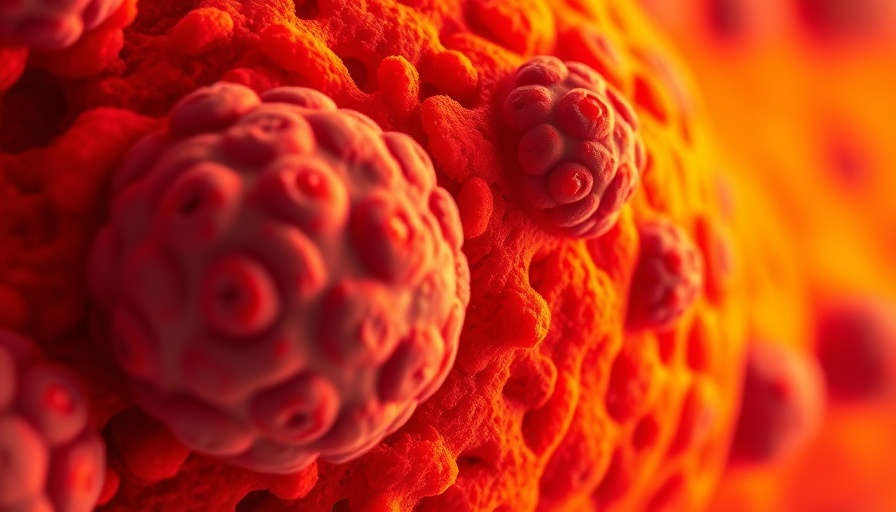
Understanding the Gleason Score: What Does a 9 Really Mean?
In the world of prostate cancer assessments, the Gleason score holds significant weight, particularly for patients and their families striving to comprehend the implications of a diagnosis. President Biden recently revealed that he has been treated for prostate cancer, stating he is in good health. His diagnosis involves a Gleason score of 9, which raises important questions about its implications and treatment options. A Gleason score of 9 is an indication that the cancer cells present in the prostate gland are aggressive, leading to a higher likelihood of progression.
What is Prostate Cancer and How is it Staged?
Prostate cancer is the most diagnosed cancer among men, and its staging often determines the approach to treatment. The cancer's grade, assessed via the Gleason scoring system, correlates with how likely the cancer is to spread and how responsive it may be to treatment. When discussing stages, prostate cancer ranges from local (confined to the prostate) to advanced stages where the cancer has spread to lymph nodes or other organs.
The Importance of Early Detection and Regular Screening
Understanding prostate cancer begins with early detection and regular screening. Men aged 50 and over, or those at high risk due to family history or other factors, are urged to get baseline screenings. Early identification can lead to effective management strategies, less invasive treatments, and better overall outcomes.
Exploring Treatment Options for Higher Gleason Scores
With a Gleason score of 9 signaling a more aggressive form of cancer, treatment options may include surgery, radiation therapy, or hormone therapy. Each of these choices comes with benefits and considerations. For patients facing higher Gleason scores, working with a healthcare team focused on personalized treatment is crucial. Discussions about potential risks and side effects are essential in fostering informed decisions.
Support Systems: Emotional and Practical Aspects
The emotional toll of a cancer diagnosis cannot be underestimated. Support groups and counseling can provide valuable resources for patients and their families, facilitating a space to share experiences and coping strategies. Community health and wellness events can also help raise awareness about prostate health and provide practical tools for leading a healthy lifestyle.
The Role of Nutrition and Lifestyle Modifications in Maintaining Well-Being
Integrating a healthy lifestyle into cancer treatment is increasingly acknowledged for its critical role. Nutritional supplements, particularly those rich in antioxidants and anti-inflammatory properties, can complement medical interventions. Engaging in regular exercise and stress-reduction techniques is also beneficial in supporting overall health and wellness during treatment.
Conclusion: Taking Charge of Your Health
Facing a cancer diagnosis is undeniably challenging, yet understanding your Gleason score and exploring treatment options puts patients back in the driver’s seat concerning their health. As President Biden's case highlights, transparency and knowledge can empower individuals to advocate for themselves in navigating this journey.
If you or someone you know is facing health challenges, remember—support is available. Engage with healthcare professionals, join community health initiatives, and explore what health and wellness resources are accessible to you. Here in San Antonio and beyond, there are countless opportunities to prioritize your health—don't hesitate to take charge of your well-being!
 Add Element
Add Element  Add Row
Add Row 




Write A Comment